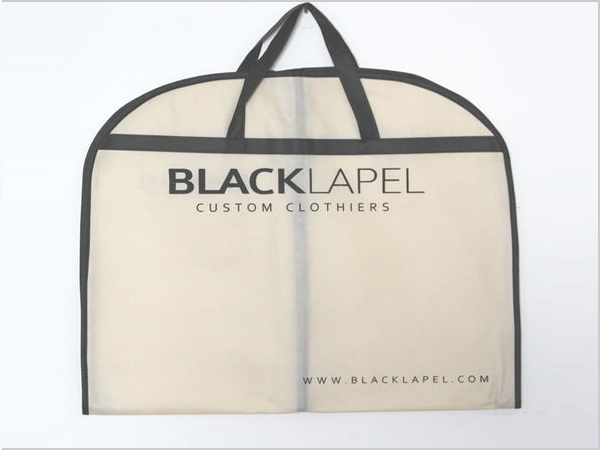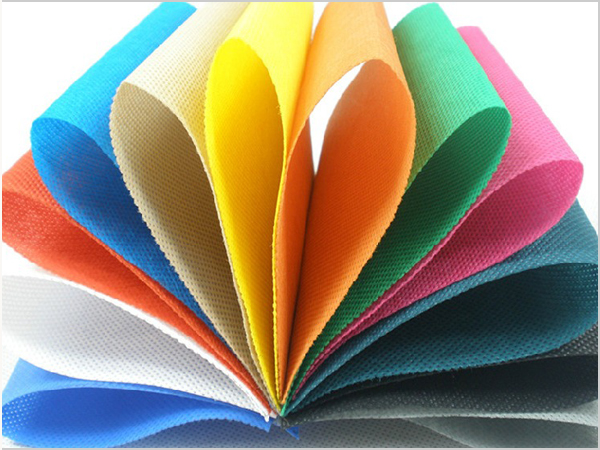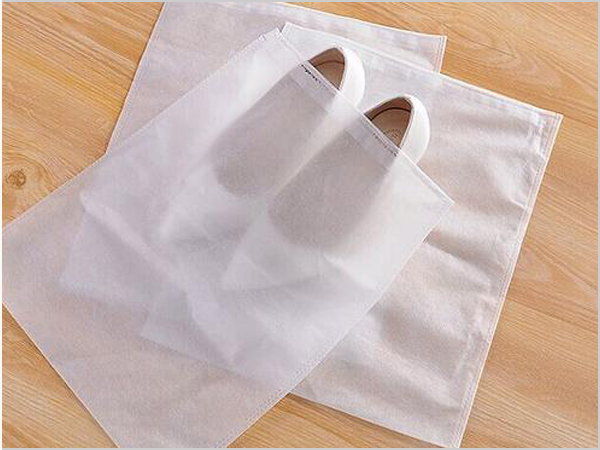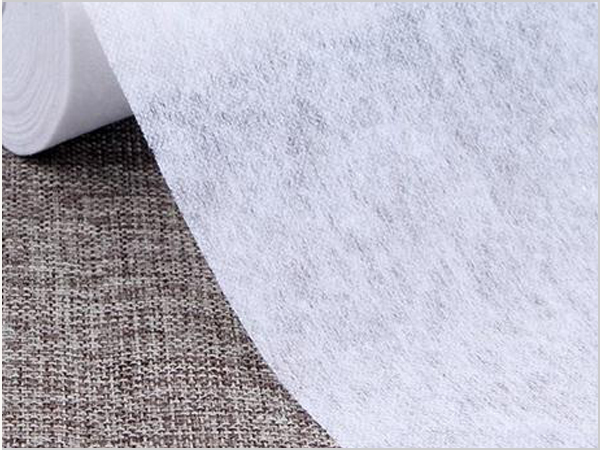- Why can spunbond nonwoven fabric dominate the market?
- Foreign trade exports are moving forward under pressure, with both resilience and challenges coexisting
- Explore the environmental protection characteristics and application fields of PP non-woven fabric
- The rise of the Latin American market is expected to become a new growth pole for China's textile foreign trade
- The production process of spunbond nonwoven fabric determines its unique characteristics!

- Telephone: 0551- 66779966
- Cellphone: 18955130444
- Email: 58792982@qq.com
- Address: Building 1-2, East of Wubu Village Section, Hehuai Road, Wushan Town, Changfeng County, Hefei City, Anhui Province
On May 14th, 2025, the Annual meeting of the Polypropylene Branch of China Chemical Fiber Industry Association was held in Donghai, Jiangsu Province. Guests such as Chen Xinwei, President of the China Chemical Fiber Industry Association, Guo Qinghai, President of the Polypropylene Branch of the China Chemical Fiber Industry Association and chairman of Guangdong Montai High-tech Fiber Co., LTD., Zhang Shibo, Vice President of Hubei Botao Synthetic Fiber Co., LTD., and Chen Long, a professor from the School of Materials Science and Engineering of Donghua University, And senior experts, scholars, researchers and entrepreneurs from the upstream and downstream of the polypropylene industry chain gathered together to discuss the new development of the polypropylene industry. The meeting was presided over by Li Zengjun, the former chief economist of the China Chemical Fiber Industry Association and vice president of the Polypropylene Branch.
This conference is hosted by the China Chemical Fiber Industry Association, Jiangsu Botao New Materials Co., Ltd. and China Polypropylene Network, and organized by the Polypropylene Branch of the China Chemical Fiber Industry Association.
Analysis and Outlook on the Economic Operation of China's Polypropylene Industry
Dou Juan, the secretary-general of the Polypropylene Branch of the China Chemical Fiber Industry Association, delivered a report on the polypropylene industry on behalf of the Secretariat of the Polypropylene Branch. She reviewed the overall operation of the polypropylene industry in 2024 and the first quarter of 2025, and made prospects for its development in the second half of 2025. In 2024, the operation of China's polypropylene industry as a whole tended to be stable, with a decrease in imports and an increase in exports, and the industry's profits declined somewhat. In terms of polypropylene raw materials, in 2024, the domestic polypropylene industry continued to expand its capacity, and the oversupply entered a normal state. The price showed a trend of first rising and then falling. Although the overall price of polypropylene fluctuates with the price of raw materials, the base price difference remains stable overall. In terms of exports, as polypropylene is mainly exported to Southeast Asia, the impact of tariff changes this year on the export of the polypropylene industry is relatively small. However, attention should be paid to the transmission effect of tariffs on the terminal products of the industrial chain on polypropylene. It is expected that the production capacity of polypropylene raw materials will further expand in 2025, with supply exceeding demand. The concentration degree of the polypropylene industry has further increased, and backward production capacity has gradually been eliminated. The downstream demand has slowed down, presenting both opportunities and challenges.
The process of green development standardization construction in China's polypropylene industry
Liu Shiyang, deputy director of the Development Department of the China Chemical Fiber Industry Association, analyzed the production process characteristics of polypropylene from three levels: industry, production and management. He reported on the current relevant standards for green manufacturing in the chemical fiber industry (including polypropylene), and introduced the main contents of the standards such as energy consumption limits per unit product, enterprise greenhouse gas emission accounting and product carbon footprint quantification. In addition, he also introduced the situation of the chemical fiber industry applying for provincial and national green factories in recent years, as well as the third-party evaluation work of green factories carried out by the chemical Fiber Association.
Introduction to the Specialized, Refined, Distinctive and Innovative Standards for Small and Medium-sized Enterprises in the Textile Industry
Specialized, refined, distinctive and innovative small and medium-sized enterprises (smes) are characterized by specialization, refinement, distinctiveness, novelty and strong innovation capabilities. Currently, an increasing number of smes are taking specialized, refined, distinctive and innovative as a strategic direction to enhance their competitiveness and achieve sustainable development. However, as the textile industry is highly market-oriented, most small and medium-sized textile enterprises seek survival and development through exploration. There are significant differences in their development levels and potential in terms of management capabilities, innovation capabilities, and operational performance. It is also difficult for them to form a more effective guiding role with industry characteristics and specificity for the specialized, refined, distinctive, and innovative development of enterprises. Zhao Zhipeng, deputy director of the Industry Development Department of the China National Textile and Apparel Council, interpreted and promoted the Evaluation Specification for the Specialized, Refined, Distinctive and Innovative Development Capacity of Small and Medium-sized Enterprises in the Textile Industry (T/CNTAC 231-2025). He introduced the evaluation index system and scoring rules for the specialized, refined, distinctive and innovative development capabilities of small and medium-sized enterprises in the textile industry, and elaborated in detail on specific regulations regarding evaluation methods, requirements, procedures, reports and document management. This specification is applicable to the diagnosis and evaluation of the specialized, refined, distinctive and innovative development capabilities of small and medium-sized enterprises in the textile industry by relevant organizations and institutions. Enterprises can also refer to this document for self-analysis and diagnosis.
Exchange and sharing among enterprises in the polypropylene industry chain
The representatives attending the meeting introduced the market operation status of their units, commented on the overall development status of the industry, and conducted a preliminary discussion on the "15th Five-Year Plan" for the polypropylene industry. The contents such as the market operation of polypropylene, industrial technology upgrading, new product development, intelligent manufacturing, green development, and the application of oil-based masterbatches were discussed. Facing the market conditions this year, representatives of enterprises stated that in the next step, they will reduce production costs, increase efforts in product research and development, carry out differentiated product development, and actively expand the application fields of downstream markets. Professor Chen Long from Donghua University suggested that polypropylene producers should carry out technological innovation, especially by improving and enhancing their technologies in both raw materials and equipment. The raw materials and equipment should be well-matched. At the same time, he called on polypropylene enterprises to broaden their horizons and actively expand into specific application fields.
Li Zengjun, the former chief economist of the China Chemical Fiber Industry Association and vice president of the Polypropylene Branch, pointed out three problems existing in the current polypropylene industry: First, the proportion of conventional varieties is large, and the ability to develop new products is insufficient; Second, the expansion of application fields is insufficient, and the excellent properties of polypropylene have not been fully exploited. Thirdly, production requires technological improvement and the development of production equipment suitable for polypropylene. To this end, he put forward four suggestions: First, strengthen technological innovation, collaborate with universities to overcome key technologies, develop new products, diversify development, and expand application fields. Second, enhance cooperation among upstream and downstream enterprises in the industrial chain, promote collaborative innovation, and prevent internal competition. Third, strengthen the promotion and publicity of product brands and actively participate in the release activities of China's fiber fashion trends. Fourth, we should focus on green and intelligent development, follow the path of specialization, refinement, uniqueness and innovation, and make early plans for the "15th Five-Year Plan" layout.
Li Zengjun, the former chief economist of the China Chemical Fiber Industry Association and vice president of the Polypropylene Branch, pointed out three problems existing in the current polypropylene industry: First, the proportion of conventional varieties is large, and the ability to develop new products is insufficient; Second, the expansion of application fields is insufficient, and the excellent properties of polypropylene have not been fully exploited. Thirdly, production requires technological improvement and the development of production equipment suitable for polypropylene. To this end, he put forward four suggestions: First, strengthen technological innovation, collaborate with universities to overcome key technologies, develop new products, diversify development, and expand application fields. Second, enhance cooperation among upstream and downstream enterprises in the industrial chain, promote collaborative innovation, and prevent internal competition. Third, strengthen the promotion and publicity of product brands and actively participate in the release activities of China's fiber fashion trends. Fourth, we should focus on green and intelligent development, follow the path of specialization, refinement, uniqueness and innovation, and make early plans for the "15th Five-Year Plan" layout.
- Why can spunbond nonwoven fabric dominate the market?
- Foreign trade exports are moving forward under pressure, with both resilience and challeng
- Explore the environmental protection characteristics and application fields of PP non-wove
- The rise of the Latin American market is expected to become a new growth pole for China's
- The production process of spunbond nonwoven fabric determines its unique characteristics!
- The global trade landscape is undergoing significant changes in 2025
- The 11th China International Silk Conference was held in Shengze
- What are the core advantages of spunbond nonwoven fabric?
- What are the magical aspects of the manufacturing process of spunbond nonwoven fabric?
- The textile industry is enjoying dual policy benefits



